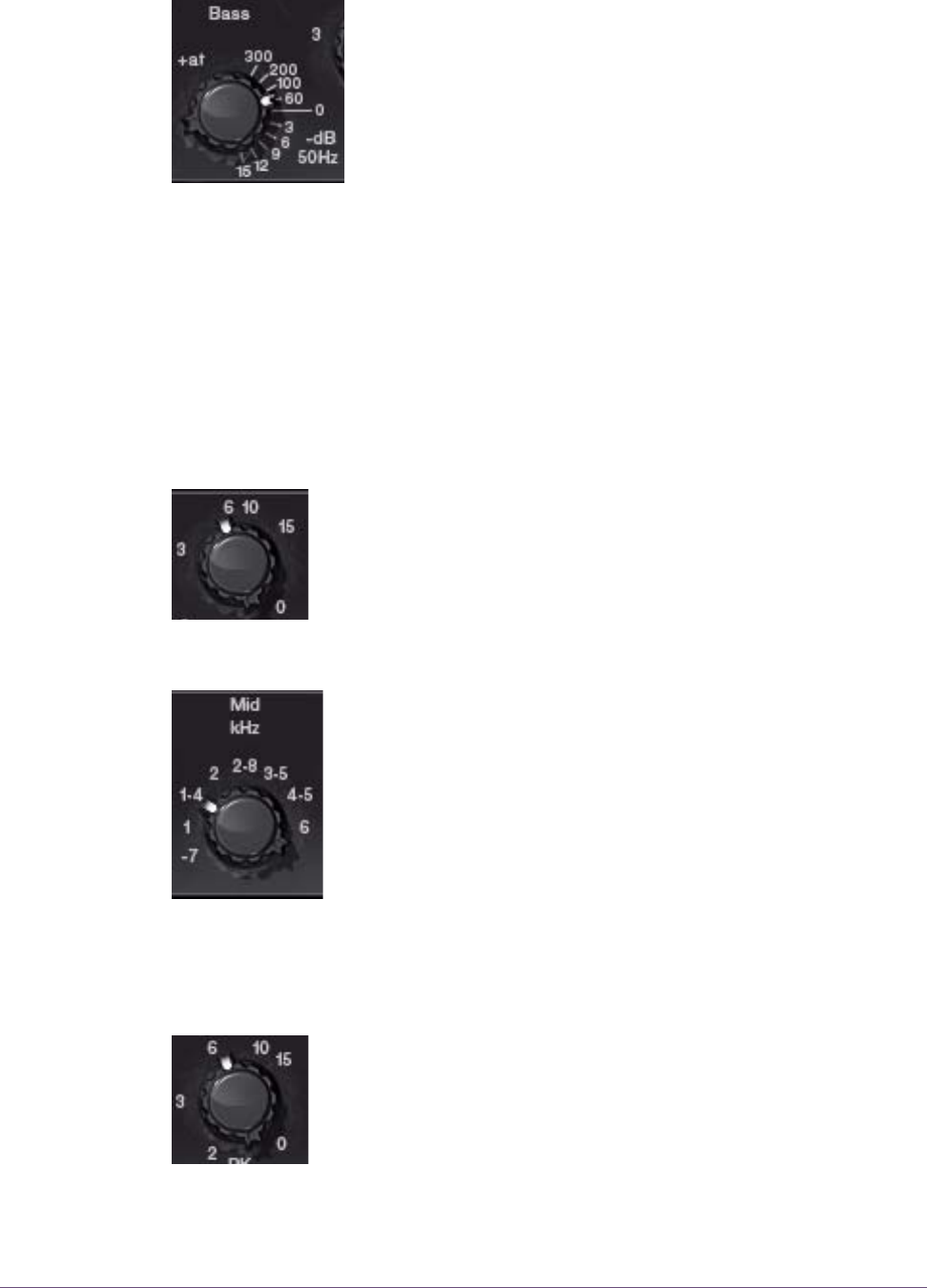User Manual
Table Of Contents
- UAD Powered Plug-Ins
- Introduction
- UAD Installation
- Overview
- QuickStart DVD
- System Requirements
- Supported Hosts
- Latest Information & Software Updates
- UAD Software Installation
- Install Software First
- UAD Hardware Installation
- Authorization
- Authorize Plug-Ins Procedure
- Load Authorization File
- Offline Authorization
- Using Unlicensed Plug-Ins
- Verifying Installation
- Learn More
- Software Removal
- UAD System Overview
- My.uaudio.com
- Using Multiple UAD Cards
- UAD Meter & Control Panel
- Overview
- Launching the UAD Meter & Control Panel Application
- Using the UAD Meter
- UAD Meter Elements
- UAD Control Panel
- System Information Panel
- Plug-Ins Panel
- Configuration Panel
- Help & Support Panel
- Using UAD Powered Plug-Ins
- Tempo Sync
- UAD Delay Compensation
- UAD-Xpander & UAD-Xtenda
- LA-2A and 1176LN
- LA-3A Compressor
- Fairchild 670
- Precision Multiband
- Precision Limiter
- Precision Buss Compressor
- Neve 33609 Compressor
- VCA VU
- Neve 88RS Channel Strip
- CS-1 Channel Strip
- Precision Equalizer
- Cambridge EQ
- Pultec and Pultec-Pro
- Neve 1073 Equalizer
- Neve 1081 Equalizer
- Helios Type 69 Equalizer
- Roland CE-1
- Roland Dimension D
- Roland RE-201
- RealVerb Pro
- DreamVerb
- Plate 140
- Precision Maximizer
- Precision De-Esser
- Precision Enhancer kHz
- SPL Transient Designer
- Nigel
- Introducing Nigel
- Preflex Plug-in
- Preflex Modules
- Gate/Comp Module
- Amp Module
- Amp Controls
- Cabinet Module
- Phasor Module
- Mod Filter Module
- TremModEcho plug-in
- Trem/Fade Module
- Mod Delay Module
- Echo Module
- Moog Multimode Filter
- History
- Index

UAD Powered Plug-Ins Manual - 233 - Chapter 26: Helios Type 69 Equalizer
Bass The Bass knob has a dual purpose. It specifies the amount
of attenuation when the low band is in shelving mode, and
specifies the frequency of the low frequency peak filter
when the Bass Gain knob is not zero.
When Bass is set to one of the frequency values (60Hz,
100Hz, 200Hz, or 300Hz) the low band is in peak mode.
In this mode, the amount of gain (“bass boost”) applied to the specified fre-
quency is determined by the Bass Gain knob.
When this knob is set to one of the decibel values (–3, –6, –9, –12, –15 dB)
the low band is in “bass cut” shelving mode with a set frequency of 50Hz.
Note: Like the original hardware, simply putting this control on any frequency
will yield approximately 3.5dB in gain increase even if the Bass Gain control
is set to 0.
Bass Gain The Bass Gain knob determines the amount of low band gain
to be applied when the Bass knob is in one of the frequency
positions. Up to +15dB of boost is available.
Note: Bass Gain has no effect when the Bass knob is in shelv-
ing mode (when Bass set to one of the dB positions).
Mid Freq This control determines the frequency of the midrange band.
The following frequencies can be specified: 700Hz, 1kHz,
1.4kHz, 2kHz, 2.8kHz, 3.5kHz, 4.5kHz, and 6kHz.
Note: The gain for the mid band is determined by the Mid
Gain control. MidFreq has no effect if the Mid Gain control
is set to zero.
In the graphic interface of this control, what may appear to
be a dash (“-”) actually represents a decimal point. This
anomaly mimics the original hardware.
Mid Gain This control determines the amount of gain or attenuation to be
applied to the mid band. Up to 15dB of boost or cut is avail-
able.
The Q (bandwidth) on the midrange band is fairly wide and
gentle at low settings, but gets progressively narrower as the gain value is in-
creased.










